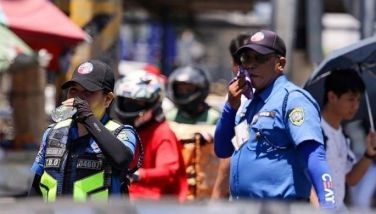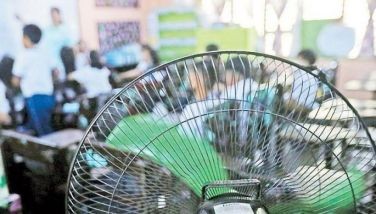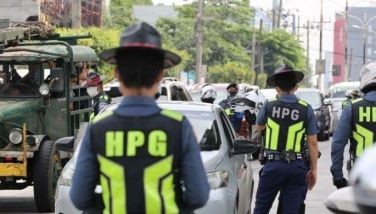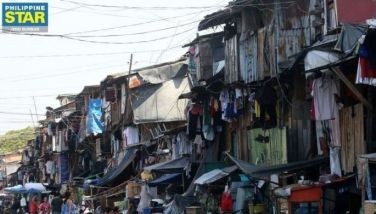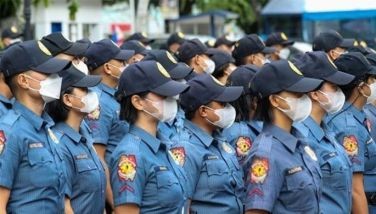YEARENDER: DENR restores Boracay as world-class destination
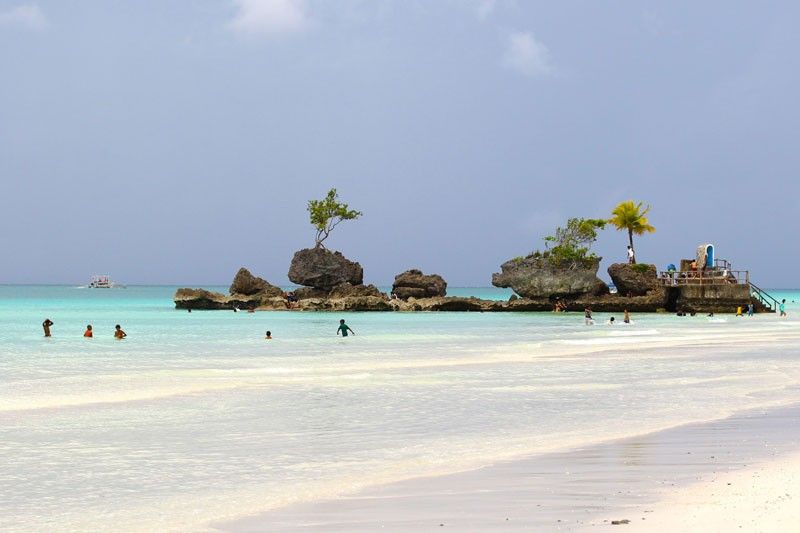
MANILA, Philippines — Cesspool. It took that one word from President Duterte for authorities to move and transform Boracay Island into a world-class tourist destination once more.
The Department of Environment and Natural Resources (DENR) – the lead agency of the Boracay Inter-Agency Task Force (BIATF) – immediately rose to the challenge, and closed down establishments found releasing waste and sewage into the waters of Boracay.
Environment Secretary Roy Cimatu ordered field offices with jurisdiction over Boracay to inspect the sewer facilities of all business establishments on the island, following reports that a majority of them are not connected to the sewerage system and their wastewater are drained into the sea.
Cimatu said they would act against those who have violated the Clean Water Act and other environmental laws.
“Aside from facing business closures, we will ensure that violators will be prosecuted to the full extent of the law,” he said in February.
All tourism establishments were required to connect to the sewage treatment plant (STP) of the Boracay Island Water Co.
Notices of violation were issued to erring establishments, which were given one or two months to address their offenses.
The DENR’s Environmental Management Bureau (EMB) was tasked to monitor and evaluate their compliance.
The DENR also ran after resort owners who constructed buildings in areas classified as forestland, traditionally no-build zones.
At the same time, he required hotels, resorts and similar establishments with 50 rooms and above to set up their own STPs.
Those with 49 rooms and below were directed to connect or put up a clustered STP.
The order aims to address the water quality problem on the resort island.
Cimatu said compliance by all establishments with the circular would ensure safe water for human and environmental health, not only immediately after the island is reopened to the public, but for the long term.
In July, Cimatu stopped the issuance of environmental compliance certificates to prevent the construction of new buildings in Boracay.
He created a committee composed of representatives from the DENR, EMB, and Mines and Geosciences Bureau to review the compliance by business establishments with their ECCs.
Cimatu deployed a “mission team” to address environmental issues besetting the world-famous island.
The team, composed of 50 personnel from six regional offices of the department, was also tasked to rehabilitate and restore the beauty of Boracay.
The DENR also addressed other problems besetting Boracay such as shoreline easement, forestland encroachment, solid waste management, intrusion on wetlands and existence of structures along roads.
A map prepared by the DENR’s National Mapping Resource and Information Authority showed that only two of Boracay’s nine wetlands are left unoccupied.
Cimatu stressed the need to recover the seven wetlands.
“Boracay’s closure has paved the way for the ‘healing’ of the island from the excesses of unbridled tourism, ranging from its erratic sewerage systems to the illegal settlers in its wetlands,” Cimatu said.
Aside from serving as natural water storage areas, wetlands also function as flood conveyance and provide a habitat for fish and wildlife.
Critical habitat
In line with efforts to rehabilitate Boracay, the DENR came up with an administrative order establishing a 750-hectare critical habitat for threatened species within the island.
The Boracay Island Critical Habitat aims to protect and conserve the forests and coastal marine areas located in Barangays Balabag and Yapak.
The villages serve as habitats for flying foxes, nesting ground of marine turtles and budding corals.
When the island was finally closed to tourists on April 26, Cimatu said he was surprised and happy with the warm reception the DENR and other national agencies in charge of rehabilitation received from residents and stakeholders.
“We thought we would not get their cooperation. I was surprised they understood and accepted the fact that we have to clean the island,” Cimatu said.
While rehabilitation was ongoing, the BIATF streamlined the process of securing permits for commercial establishments through a one-stop shop.
The one-stop shop was manned by personnel from the DENR, departments of tourism, and interior and local government – all members of the task force.
The one-stop shop assisted business owners in complying with the requirement needed for them to operate once Boracay reopened to tourists on Oct. 26.
In August, the DENR announced that a study on the carrying capacity of Boracay Island had been completed.
The study, conducted by a multidisciplinary team of researchers from the Ecosystems Research and Development Bureau and the University of the Philippines in Los Baños, showed the carrying capacity of the island had been breached and resulted in the generation of too much waste and the deterioration of water quality.
According to the study, the island’s daily carrying capacity is 54,945, broken down into 19,215 tourists and 35,730 residents, migrants and stay-in workers.
The same study showed the island’s existing population of more than 70,700 exceeded the carrying capacity by almost 30 percent.
With non-tourists making up the bulk of the population, the task force started evaluating a proposed relocation facility in mainland Aklan for the workers as well as a system for their daily travel to and from the island.
The recreational areas, which include the beach and swimming areas, can only accommodate as much number of persons on a daily basis.
Prior to the formal reopening of the island, a dry run from Oct. 15 to 25 was conducted.
Even after the dry run and opening, the EMB said it would still continue to check the quality of water discharged from the STPs.
Despite visible improvements, Cimatu said a lot more needs to be done to completely rehabilitate and ensure the sustainability of Boracay Island.
He said that while the resort island is “no longer a cesspool,” there is no reason for the government and other stakeholders to be complacent.
“This is not the time for us to relax and lower our guards. While much has been gained already, still a lot remains to be done,” Cimatu said – With Louise Maureen Simeon
- Latest
- Trending















